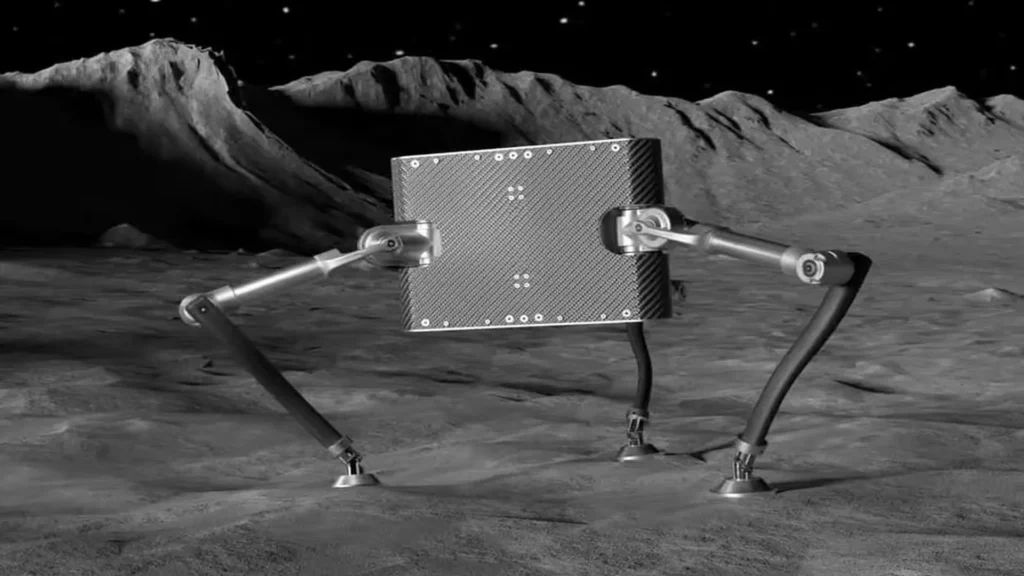A robot designed with the ability to jump across the surface of asteroids in search of valuable minerals has passed a critical zero-gravity plane ride test. This development is part of a research project called SpaceHopper that is led by students at ETH Zurich University in Switzerland, which began two and a half years ago with the goal of addressing the challenges of efficiently exploring celestial bodies with low gravity.
How was the asteroid-jumping robot designed?
The robot is equipped with a unique design: a triangular body made of aerospace aluminum and three articulated legs, each with its own knee and hip joint. These limbs are designed to work together through a differential drive mechanism that allows the robot to orient itself and remain stable while performing jumps in space.

Control of these complex movements is performed using advanced deep learning -based software, optimized to initiate jumps, handle in-flight orientation, and execute controlled landings.
Testing the robot’s skills
Initially, the skills of This three-legged robot was tested in a simulated environment at ETH Zurich, where the robot was suspended to mimic the low-gravity conditions of the dwarf planet Ceres. However, the real test of its capabilities came late last year when SpaceHopper took part in a parabolic flight organized by the European Space Agency and Novespace.
During this flight, which involves ascent and descent maneuvers to simulate weightlessness, the robot demonstrated its ability to jump from the plane’s floor and maintain proper orientation in the air .

Tests carried out on the robot as part of the SpaceHopper project. Source: ETH Zürich.
Without a doubt, the progress of projects like this is not only a testament to the advancement in space exploration, but also highlights the growing importance of robotics in extreme environments. This type of technology could be crucial for future asteroid mining missions, offering opportunities to develop robotic technologies that can operate in a variety of extreme environments on Earth, from underwater operations to disaster zone explorations.
Follow us on social networks and don’t miss any of our publications!
Inspenet.com YouTube LinkedIn Facebook Instagram X
Source and photos: newatlas.com


